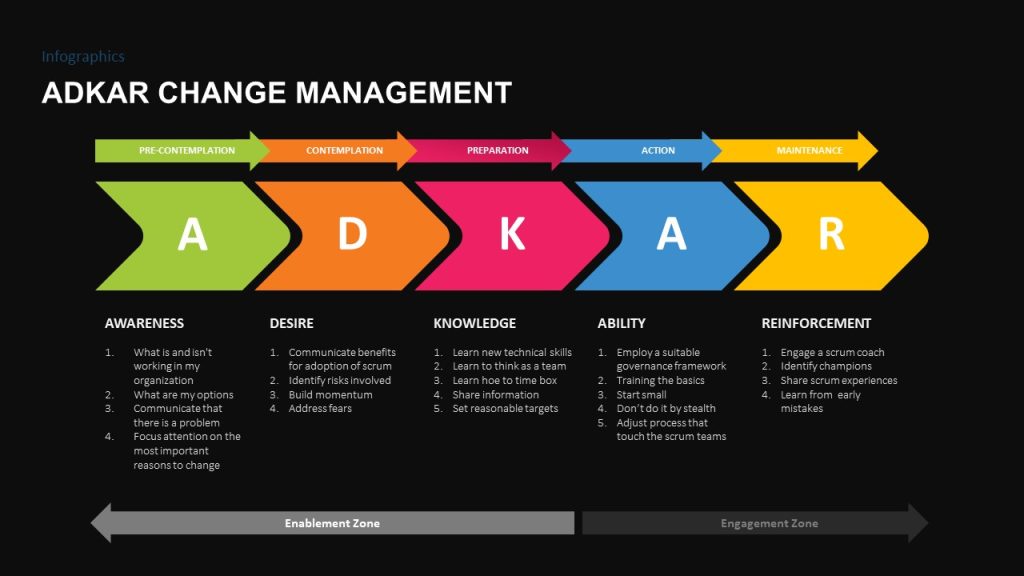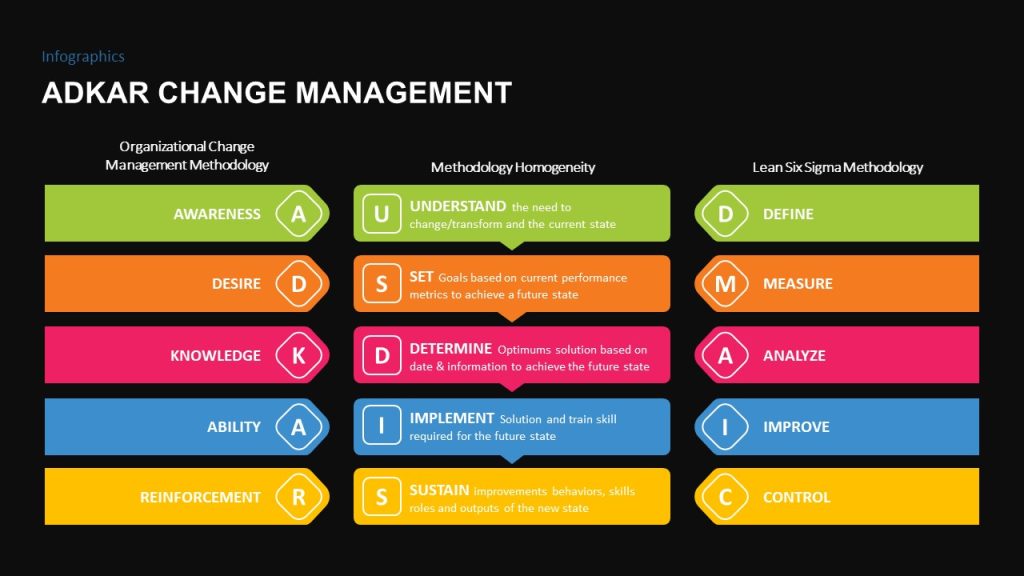We live in a constantly evolving world, and the case of businesses is no different. The feats achieved in technology and management have only made this change take place at a faster pace. The birth of the new millennium saw most of firms equipped with computers and the internet, which has contributed significantly to improving our lives.
The pandemic created a new chapter in change management, pushing a large section of the working world to make their homes and workspaces. Around 56% of the employees in the US were fully working remotely during the lockdown. There was a major shift in types of employment. The situation came with a handful of challenges to the top-level management. Even though there are countless studies conducted on change management, this situation was unprecedented. A new set of solutions had to be introduced to tackle the problem. And this change had to trickle down to every employee for the business to sustain and grow.
SaaS was a game-changer for organizations during this period and is still in popular demand. SaaS stands for Software as a Service. These tools can help the business solve existing problems by integrating technology into the system. Microsoft Azure, Google workspace, Airtable, and Dropbox have widely used SaaS tools.
SaaS tools are plug and use in most cases, but it requires the employees to be well-trained and equipped with the skill set to utilize them fully. The software calls for great change management at all levels.
Mentioned below are nine steps for a smooth transition with SaaS.
1. Identify the gap
Find an area in your business that requires improvement; this can be a weak communication network, not having a properly designed workflow, or missing a means to track employees’ progress. If your SaaS tool can fill this gap, implementation would be much easier. There could be cases when the software is meant to cover a problem that could occur in the future. These purchases will be highly beneficial if the acquisition is well-planned.
2. Select the right tool for your business
In the ocean of the internet, you can find all sorts of SaaS tools. However, it would be impossible to implement change properly and reap results unless you find the right software for your business.
So, find software that can provide value to your business. For this, you should research the tools available in the market and understand which of them will be the best fit for your organization. You can consider the price, license period, services provided, and updates to make a well-informed decision.
3. Educate your employees
Unless the end user fully understands the importance of the change, it will be impossible to make a smooth transition. Make sure to communicate to the employees how this change could benefit them and the business. Conduct meetings with the employees who will be using the tool. Presentations are a great method to communicate your message visually.
To save your time and effort, try out change management ppt presentation templates. With the presentation, share your vision for the business and how they can contribute to it. It is also important to let the employees know how their roles can change with the implementation.
4. Understand how the change could affect employees
Get to know which employees will use the software and the touchpoints. Also, learn how often it will be used. By identifying the users and their level of interaction, you will have a clear idea of how to implement the change. By knowing how the software will be used, the management can make purchasing decisions and understand if any alterations are required in the purchase.
5. Set goals for your tool
Identify what could define a successful implementation of change. Next, choose metrics to evaluate the success. This can be in terms of quality or quantity. For example, if it is a tool to improve communication, it would be preferable to measure quality; if it is meant to improve sales, it is better to measure quantity.
6. Plan the implementation
Have an action plan for the implementation. Once you have identified the employees who will be in contact with change, provide them with proper training. The training should help them fully utilize the potential of the software. Evaluate the time it would take for the SaaS to roll out to all target employees and how long it will take to make visible results.
7. Gradually scale up
If you have a large organization, try out the software with a select few. These can be the people who will benefit most from the change. Understand how they adapt to the difference and how long it takes them to get fully used to the tool after the initial round scale-up to the rest of the organization. Make tweaks to the tool or the implementation method after studying the first batch.
8. Collect feedback
After the change is complete, conduct a review meeting or a survey to know how well SaaS is received. Compare the results with the goals you had set to understand the performance. The change can sometimes be a failure. It could be due to the shortcoming in training, communication, or perhaps the underperformance of the tool itself. Identifying the reasons for the non-fulfilment can help you make the required changes.
9. Provide the necessary updates
In a dynamic world of business, anything can change over time. It is easy to fall behind but stay up to date and keep your employees up with the rapid pace. Provide upgraded versions of the SaaS and equip employees with the skills to use it. If the employees are well-informed and updated, it can put the business ahead of its competition.
Why is change management important in SaaS?
Increased performance
Properly implementing SaaS can create positive changes in a business. This can be seen in not just in the numbers but also in the quality of work. These tools can help people work more efficiently and provide greater convenience.
Reduced resistance
When the employees understand the importance of the change and its positive effects, they will accept it and use it. This requires the employees to be educated about how the implementation can be positive for themselves.
Reduces costs
The right implementation strategy will consume the least cost and time as it will be well planned. This can help cut costs in the purchase and in human resources.
It helps focus on key areas.
SaaS tools can reduce a lot of additional tasks which were earlier performed manually. This automation helps the work to be concentrated on much more important jobs at hand. For example, if the workflow is automated by SaaS, then the project manager can work on guidance and quality checks instead of spending time creating a workflow.
Gratification of employees
Since the software solves a problem that the employee and the business are going through, it will create a sense of satisfaction among the employees.
Conclusion
Businesses that are reluctant to change have always fallen out of the picture. SaaS is a need of the hour. Organizations need to adopt SaaS tools to work efficiently and to create a better working atmosphere for their employees. But it will most certainly come with pullbacks and resistance. It is important to choose the right tool and correctly implement the change. Although acquiring SaaS doesn’t take much time, it takes time and effort to ensure the software adds value to the organization. It also requires constant monitoring and timely actions to stay updated.


